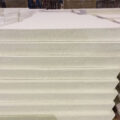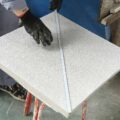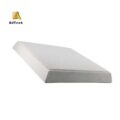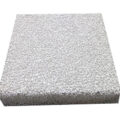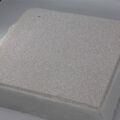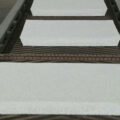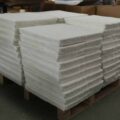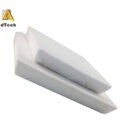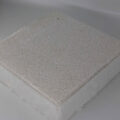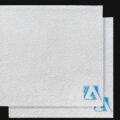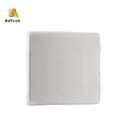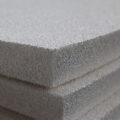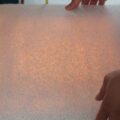In order to obtain the best mold filling rate, it is important to calculate the appropriate ceramic foam filters size for each specific casting application. The filter must be large enough so that it will not obstruct or block the flow of molten metal or be blocked by residual inclusions before casting is complete. In order to be as close to the original unfiltered flow as possible, the ceramic foam filter must be several times larger than the throttling area of the gate system. The following casting parameters must be carefully considered.
Flow rate factor-filter pore size (10, 20, 30 PPI) and the throttle area of the gate system.
Clogging factors-filter pore size (10, 20, 30 PPI) and melt quality, including: melt, alloy chemical composition, melt processing and the amount of metal to be filtered.

In order to obtain a sufficient flow rate, the ceramic foam filter must be sized so that its front area is several times larger than the total throttling area in the gate system. As the filtration area/throttling area increases, the mold filling rate increases exponentially. The ratio of filter area/throttling area is less than 4, compared with unfiltered dumping, the filter significantly increases the pouring time.
When the ratio of filter area/throttling area is greater than 8, the pouring time is hardly affected by the filtering effect. If the ratio is in the range of four to eight, the pouring time may increase slightly.
It is generally recommended to use a filter area/throttling area ratio of at least 4, but for thin castings, the ratio should be higher. A finer pore size will slightly increase the flow restriction of the ceramic foam filters and may require a slight increase in the filter area. Multiply the throttle area by the required filter/throttling area ratio to get the required filter size.


